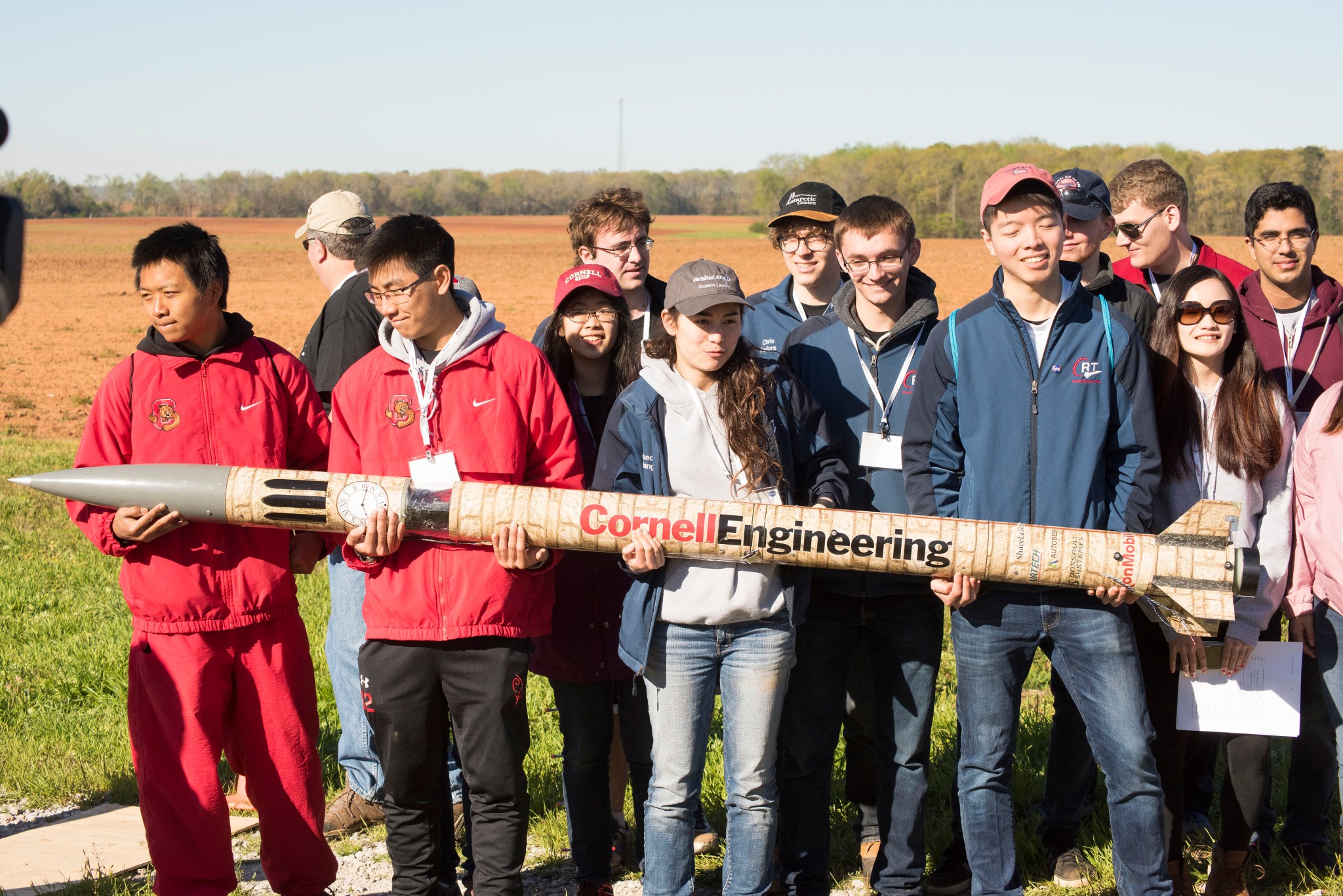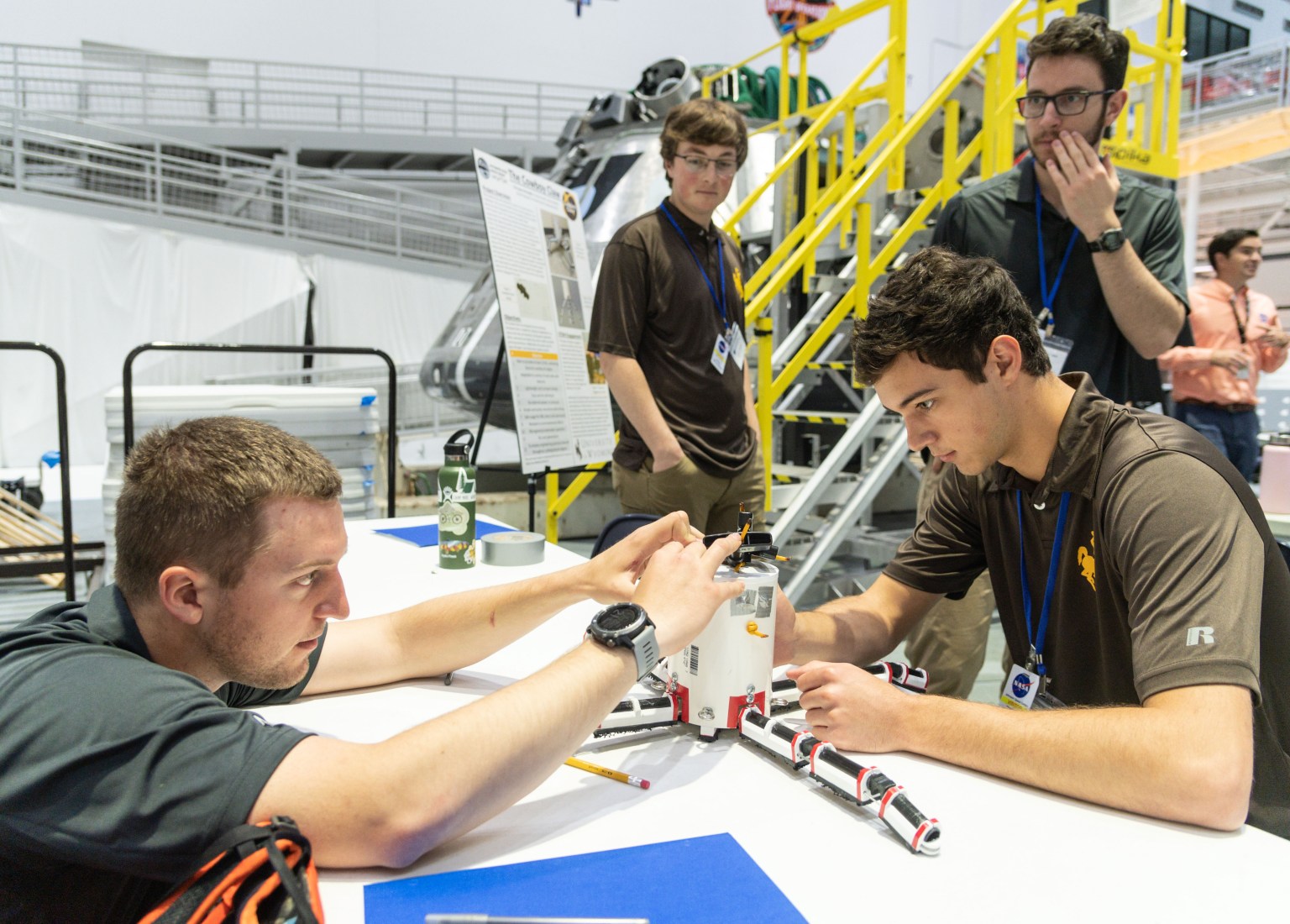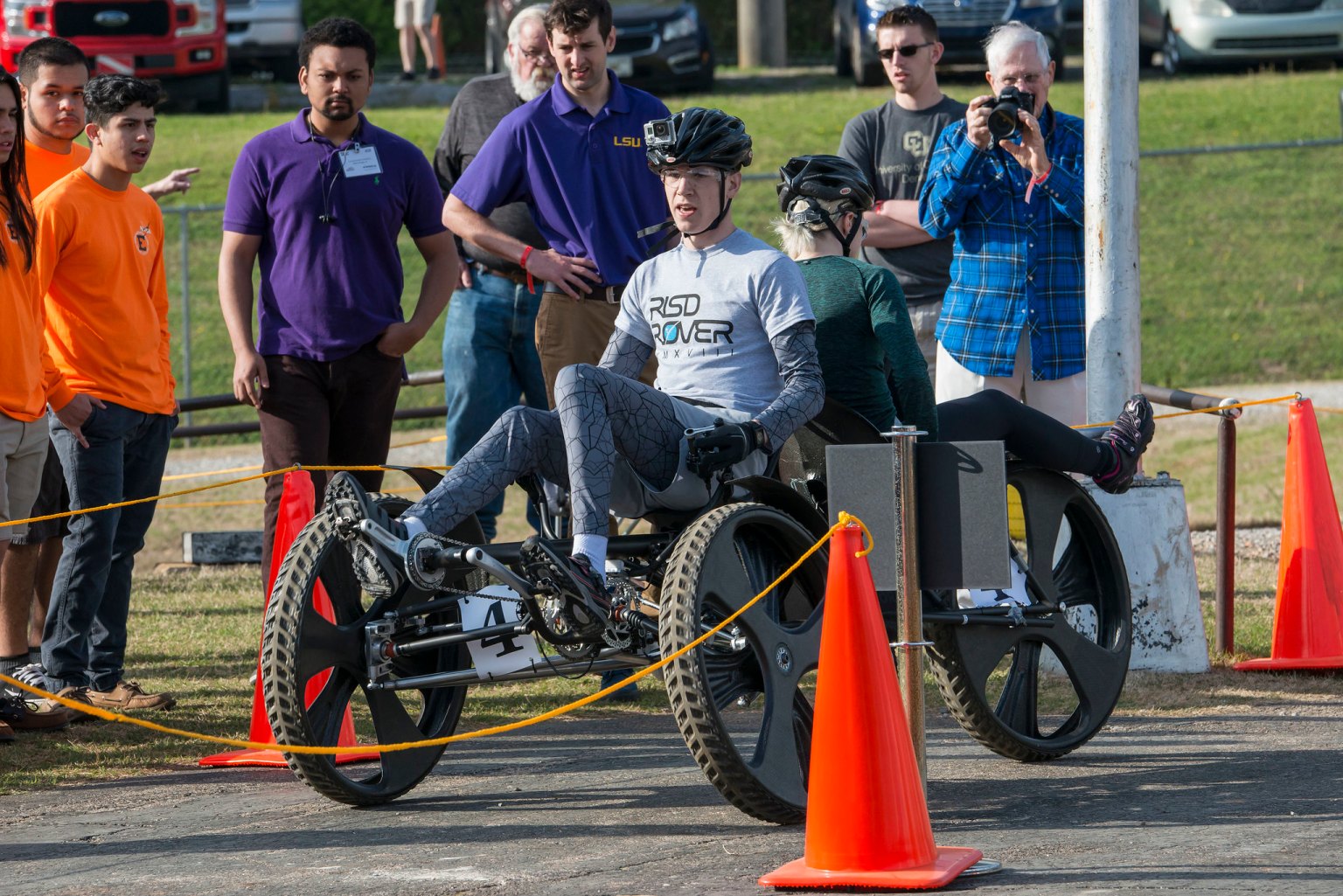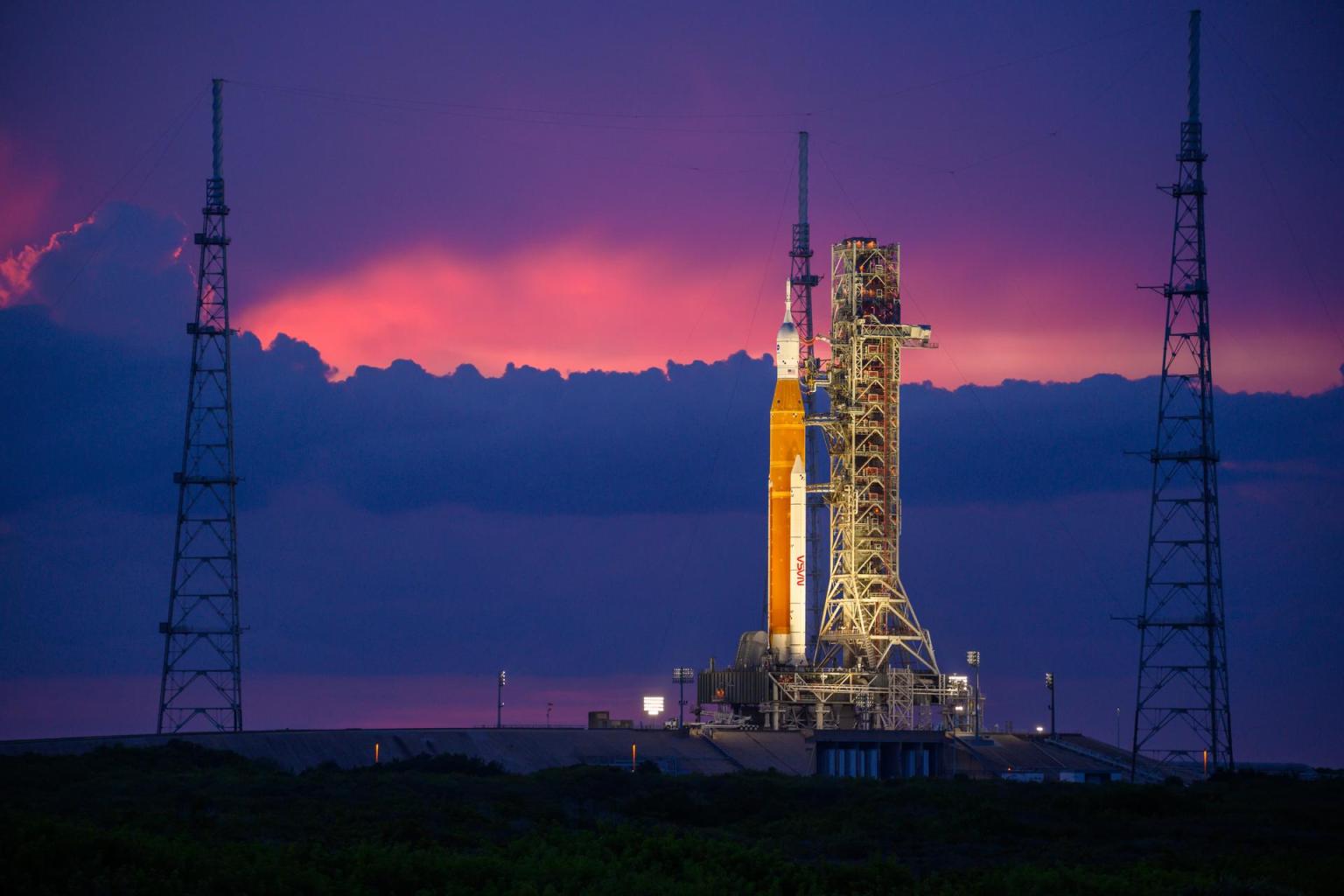Any updates to rules and requirements are given in the latest version of the 2023-2024 FAQ. If there is a discrepancy between the SL Handbook and the FAQ, use the information in the latest FAQ list. It is the teams’ responsibility to check the FAQ periodically for updates.
Updated: Dec. 6, 2023
Q: What procedures need to be followed to test the USLI payload deployment and recovery subsystem for all demonstration launches prior to Huntsville?
A: NAR and TRA clubs across the country have been notified of the USLI payload challenge and have requested to treat all launches by teams as if it is the competition launch in Huntsville Alabama which means the following:
- The team shall reach out in advance (minimum of one week) to the club and fully explain what they are planning on doing with their payload experiment when it comes to retention, deployment, and recovery. The team shall provide answers and documentation to any questions the club may have.
- The team mentor shall be aware and approve of all systems that are going to be tested as they are the legal owner of the launch vehicle and all on board systems and their subsystems.
- All decisions by the clubs are final as they are the ones assuming the risk when any launch vehicle or payload leaves the pad at their launch site. Being a part of NASA Student Launch does not override any regulations and laws each individual club may operate under.
- If the local club launch has any questions or concerns, please have them reach out to John Eckhart.
Q: What restrictions are placed on the use of Unmanned Aerial Systems (UAS) to complete the payload challenge?
A: The Student Launch Handbook provides design requirements on pages 6-14, to which all designs must adhere. Several included requirements outline key constraints placed on UAS and deployable payloads. Four (4) of those requirements are listed below.
4.2.3: Deployment of the SAIL shall occur between 400 and 800 feet AGL. See requirement 4.3.3 for deployment/jettison of payloads.
4.3.3: Any payload experiment element that is jettisoned during the recovery phase shall receive real-time RSO permission prior to initiating the jettison event, unless exempted from the requirement by the RSO or NASA.
4.3.4: Unmanned aircraft system (UAS) payloads, if designed to be deployed during descent, shall be tethered to the vehicle with a remotely controlled release mechanism until the RSO has given permission to release the UAS.
4.3.5: Teams flying UASs shall abide by all applicable FAA regulations, including the FAA’s Special Rule for Model Aircraft (Public Law 112–95 Section 336; see https://www.faa.gov/uas/faqs).
FAA regulations prohibit UAS operation above 400 feet AGL at our launch field. Therefore, if the UAS is exposed to the atmosphere during rocket descent, it must remain unpowered until it reaches 400 feet AGL, upon which it may be powered up and released with RSO permission. If the UAS is enclosed within the rocket vehicle during descent, it may be powered on but cannot be separated and released until it reaches 400 feet AGL and RSO permission has been granted.
Q: Is the USLI payload subject to the 90 second descent time constraint?
A: Requirement 3.12. states, “Descent time of the launch vehicle shall be limited to 90 seconds (apogee to touch down). Teams whose launch vehicle descent, as verified by vehicle demonstration flight data, stays under 80 seconds will be awarded bonus points.” This requirement pertains only to the launch vehicle and therefore the payload will not be subjected to this, however the payload must remain on the property of the launch field.
Q: What are permissible designs for the USLI payload challenge?
A: If the design is not strictly prohibited by the handbook and its’ requirements the method(s)/design(s) utilized to complete the payload mission shall be at the team’s discretion and will be permitted so long as the designs are deemed safe, obey FAA and legal requirements, and adhere to the intent of the challenge. NASA reserves the right to require modifications to a proposed payload.
Q: How will the payloads receive deployment permission?
A: Teams will receive real-time permission from a member of NAR, whoever the RSO designates to oversee in-air deployments of the payloads. Teams shall clearly communicate to the NASA panel along with the RSO what their release mechanism is along with their desired altitude.
Clarification about due date for PLAR. Teams launching at home have seven (7) days after their final competition launch to submit their PLAR documentation to the NASA panel and teams flying at the NASA competition launch in Huntsville must submit their PLAR by April 23 8:00am CDT.
Q: Are there plans to make the Huntsville launch site a FAA-Recognized Identification Area (FRIA), or will each team be expected to purchase Remote Identification equipment to meet 14 CFR Part 89 (FAA Remote ID)?
A: NASA Student Launch Management Team has applied for an FRIA with the FAA but that teams should plan for supplying their own Remote Identification capability until we receive an FRIA approval.






























